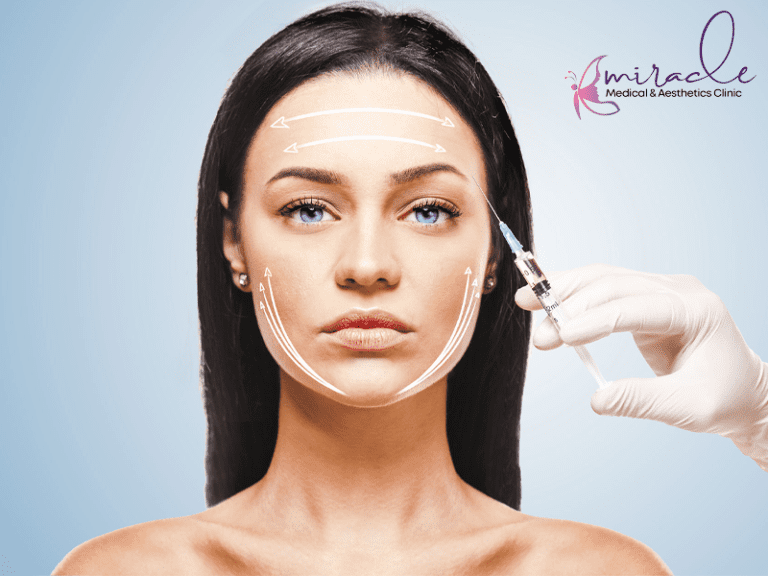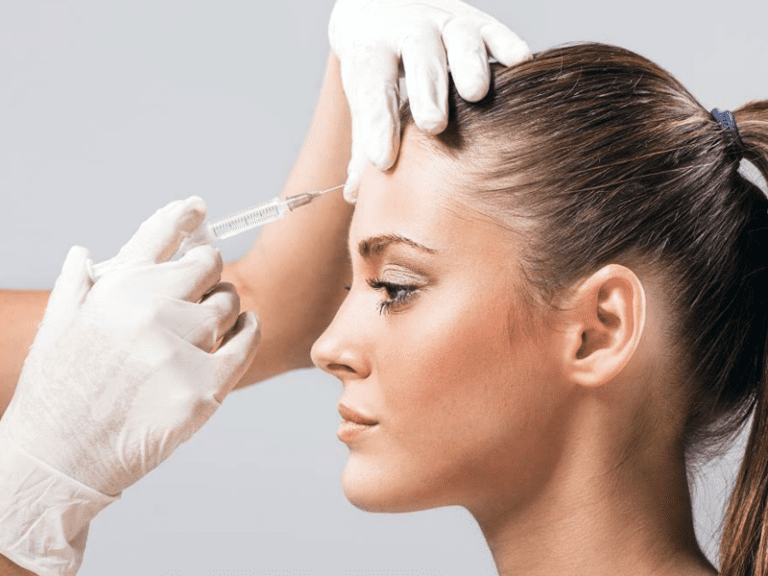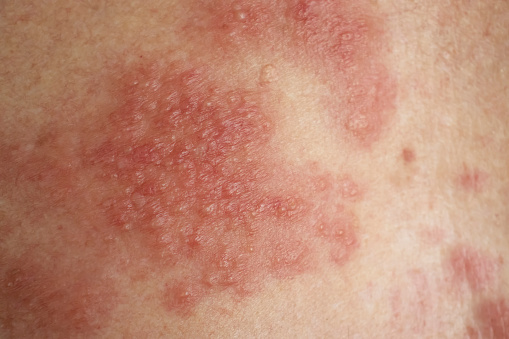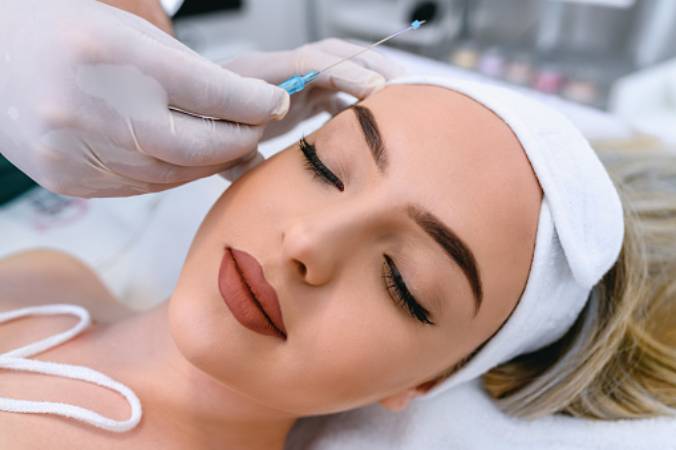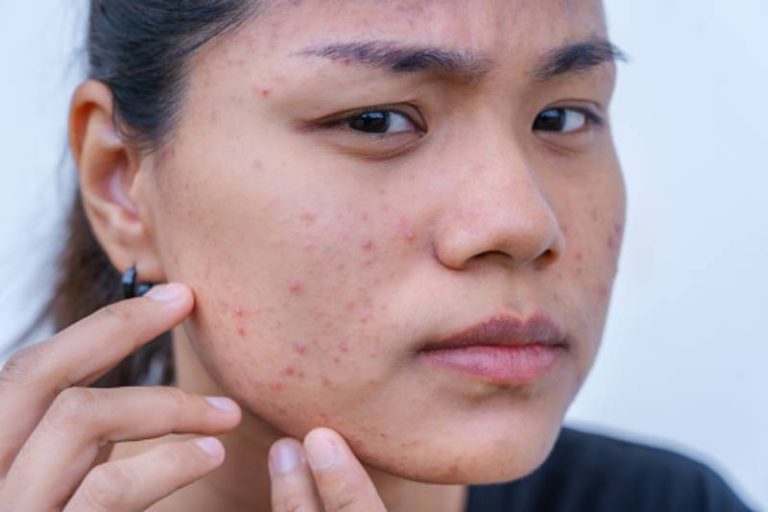Protect Your Skin in Snowy Weather
Snowy weather can be beautiful, but it can also be harsh on your skin. The cold, dry air, combined with wind and exposure to UV rays, can lead to chapped lips, dryness, and even sunburn. Here are some tips to protect your skin in snowy weather:
- Moisturize regularly: Use a heavy, oil-based moisturizer to help lock in moisture and prevent dryness. Apply it to your face, hands, and any other exposed skin before heading outside.
- Wear sunscreen: Even on cloudy or overcast days, UV rays can still damage your skin. Use a broad-spectrum sunscreen with an SPF of 30 or higher, and reapply it every two hours.
- Cover up: Wear a hat, scarf, and gloves to protect your face, ears, and hands from the cold and wind.
- Drink plenty of water: Staying hydrated is important for your skin’s health. Drink water throughout the day to help keep your skin hydrated from the inside out.
- Use a lip balm: Your lips can easily become dry and chapped in the cold weather. Use a lip balm with SPF to protect your lips from the sun’s rays.
- Avoid hot showers: Hot showers can strip your skin of its natural oils, making it more prone to dryness. Instead, take lukewarm showers and use a gentle, moisturizing body wash.
- Use a humidifier: Dry indoor air can exacerbate dry skin. Use a humidifier to add moisture to the air and help keep your skin hydrated.
By following these tips, you can help protect your skin from the harsh winter weather and keep it healthy and hydrated.

Does snow affect skin?
Yes, snow can affect the skin in several ways. Snowy weather is often accompanied by cold temperatures, wind, and low humidity, which can all contribute to dryness, irritation, and even sunburn.
The cold temperatures can cause the skin to lose moisture, leading to dryness and flakiness. Additionally, exposure to the wind can further dehydrate the skin, making it feel tight and uncomfortable. Prolonged exposure to cold temperatures can also cause a condition called frostbite, which damages the skin and underlying tissues.
UV rays from the sun can also reflect off of snow, increasing the risk of sunburn. It’s important to wear sunscreen with an SPF of 30 or higher, even on cloudy or overcast days.
In summary, snowy weather can be harsh on the skin, but taking steps to protect it, such as moisturizing regularly, wearing protective clothing, and using sunscreen, can help prevent damage and keep your skin healthy.
Does Vaseline protect from cold?
Vaseline can provide a protective barrier for the skin and help to prevent moisture loss, which can be especially helpful in cold, dry weather. When applied to the skin, Vaseline can help to seal in moisture and prevent wind and cold air from drying out the skin.
However, it’s important to note that Vaseline alone may not be enough to fully protect the skin from the cold. It’s still important to wear warm clothing and take other measures to protect your skin, such as using a moisturizer with SPF to protect against sunburn, drinking plenty of water to stay hydrated, and avoiding prolonged exposure to cold temperatures.
Overall, Vaseline can be a helpful addition to a winter skincare routine, but it should not be relied upon as the only method of protecting the skin from the cold.

When should you not use Vaseline?
While Vaseline can be a helpful product for many skin concerns, there are some situations where it may not be appropriate to use. Here are some examples:
- Open wounds: Vaseline should not be applied to open wounds, as it can trap bacteria and other microorganisms against the skin, which may increase the risk of infection.
- Acne-prone skin: Some people with acne-prone skin may find that Vaseline clogs their pores and exacerbates breakouts.
- Allergic reactions: If you have a known allergy to petroleum jelly or other ingredients in Vaseline, you should avoid using it.
- Burns: Applying Vaseline to a burn may trap heat and exacerbate the burn, so it’s generally not recommended.
- Certain medical conditions: If you have a medical condition that affects your skin, such as eczema or psoriasis, you should talk to your doctor before using Vaseline or any other skin care product.
It’s always a good idea to patch test any new product before applying it to a large area of skin, and to stop using it if you experience any adverse reactions.
- Keywords: Healthy Skincare, Skin, Skincare
- miracleadmin
